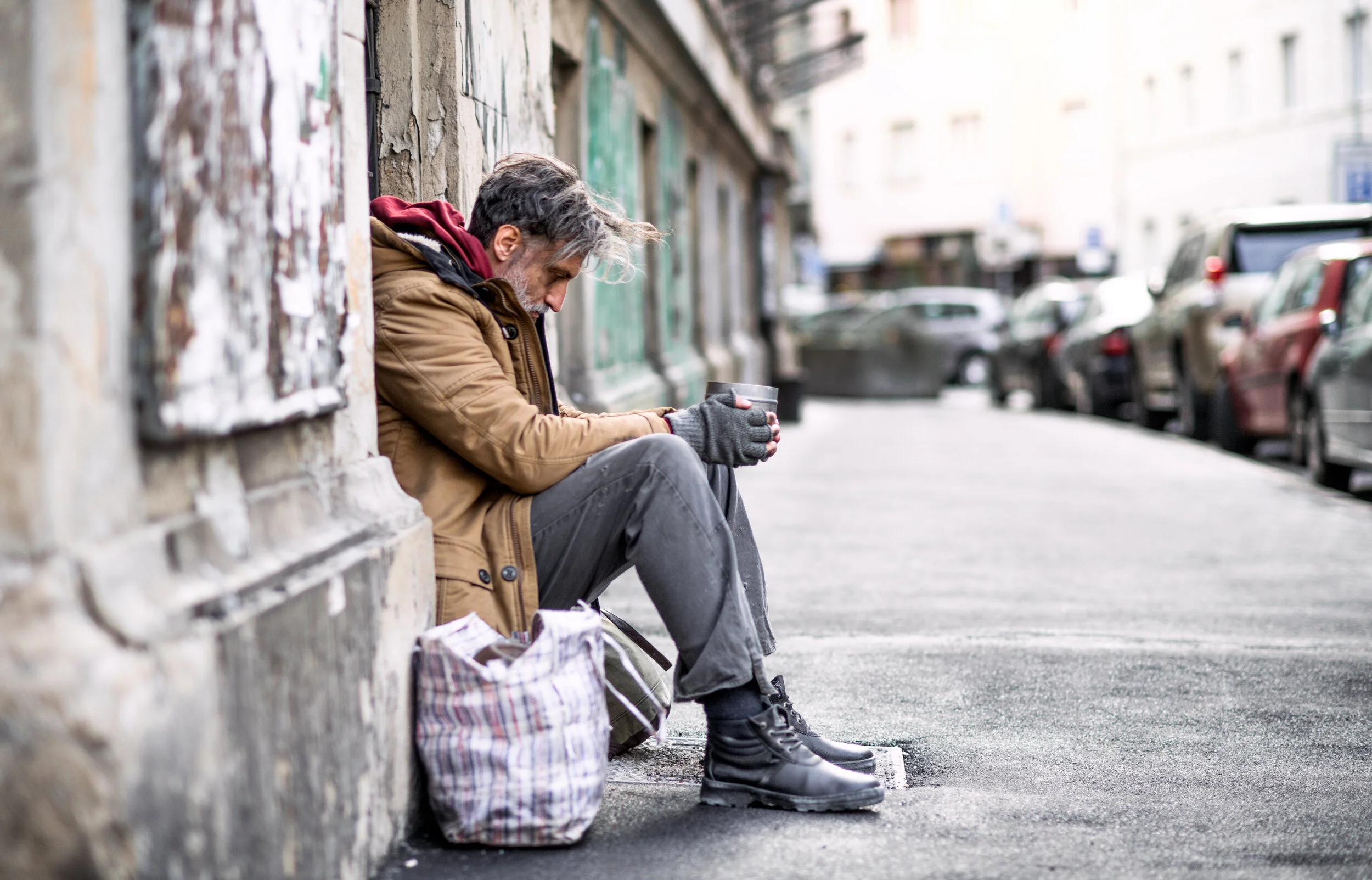Horror stories abound in the world of treatment for those with brain illness, for example, in the 1950s there was a group of people who moved to shut down psychiatric hospitals in favor of community mental health centers. They never set foot in a psych hospital and never treated a patient. Their influence lasted decades and brought us to where we are today.
Where are we today? Patients live in the street with drug addictions. Or they are incarcerated and “treated” by corrections officers who have no training in the field. Suicide is up. We hear horror stories from parents who try to get help for their child, but the law says their child cannot be given treatment against his will. The illness gets worse and worse until he kills somebody – a danger to himself or others, says the definition – and then he can be put in jail, given “treatment” and a criminal record.
My parents had a similar problem with me and testified to it in court at the trial. I had become a menace to society and ended up in the criminal legal system. Have you ever heard of such a thing? The jury acquitted me, however. It could have been avoided, but the burden of care falls upon the family in this system, and they had no idea where to go and told that to the judge.
Pete Earley, a former journalist with the Washington Post, had that problem with his son who also ended up in the criminal legal system before he received “treatment” in jail. Parents are sometimes advised to put their child in prison so that he can get “treatment.” Note that the three largest providers of mental health care in America are jails according to Alisa Roth who is a journalist and author of Insane: America’s Criminal Treatment of Mental Illness.
Insurance companies provide no help. They have the power to overrule the doctor’s medical decisions and advice.
These situations are aggravated by the presence of anosognosia which means that the patient has no awareness that he is ill. This is not denial of the illness. Denial would mean that he has some idea that he is ill. I also had this problem, but, again, the law says a person cannot be given treatment against his will. So, if the person does not believe that he has an illness, he will not consent to treatment, and the cycle begins.
Is it becoming clear why those with brain illness are despised and hated by society in general? Why do we not treat other illnesses this way? Imagine one with cardiac problems or diabetes being told to go away and wait until his condition worsens. By then it is too late. The same is true for those with brain illness. The brain is another organ that has another requirement for treatment. HIPPA, too, should be reformed. Physicians should be able to treat and discuss the patient just like a cardiac or other patient.
But brain illness – mental illness – is not the behavioral problem that a court prosecutor or judge would have us believe. These problems are genetic as found recently by Deborah L. Levy, Ph.D., director of the Psychology Research Laboratory at McLean Hospital, the largest psychiatric affiliate of Harvard Medical School. She found in her research that schizophrenia is a genetic illness passed on from one generation to the next. Also, recently I heard in the news that gene-splicing techniques are improving, providing hope to those who suffer from this illness and society as well.
I recommend that legislators reform criminal justice and budget money to enhance research.
Written in the memory of Deborah L. Levy, Ph.D., who passed October 15, 2020. I was told by Linda Stalters that she greatly supported me.
David Geiger is a licensed and awarded electrical engineer who spent 7 years in psychiatric hospitals and over 40 years since 1979 in the courts as a result of his schizophrenia.



















